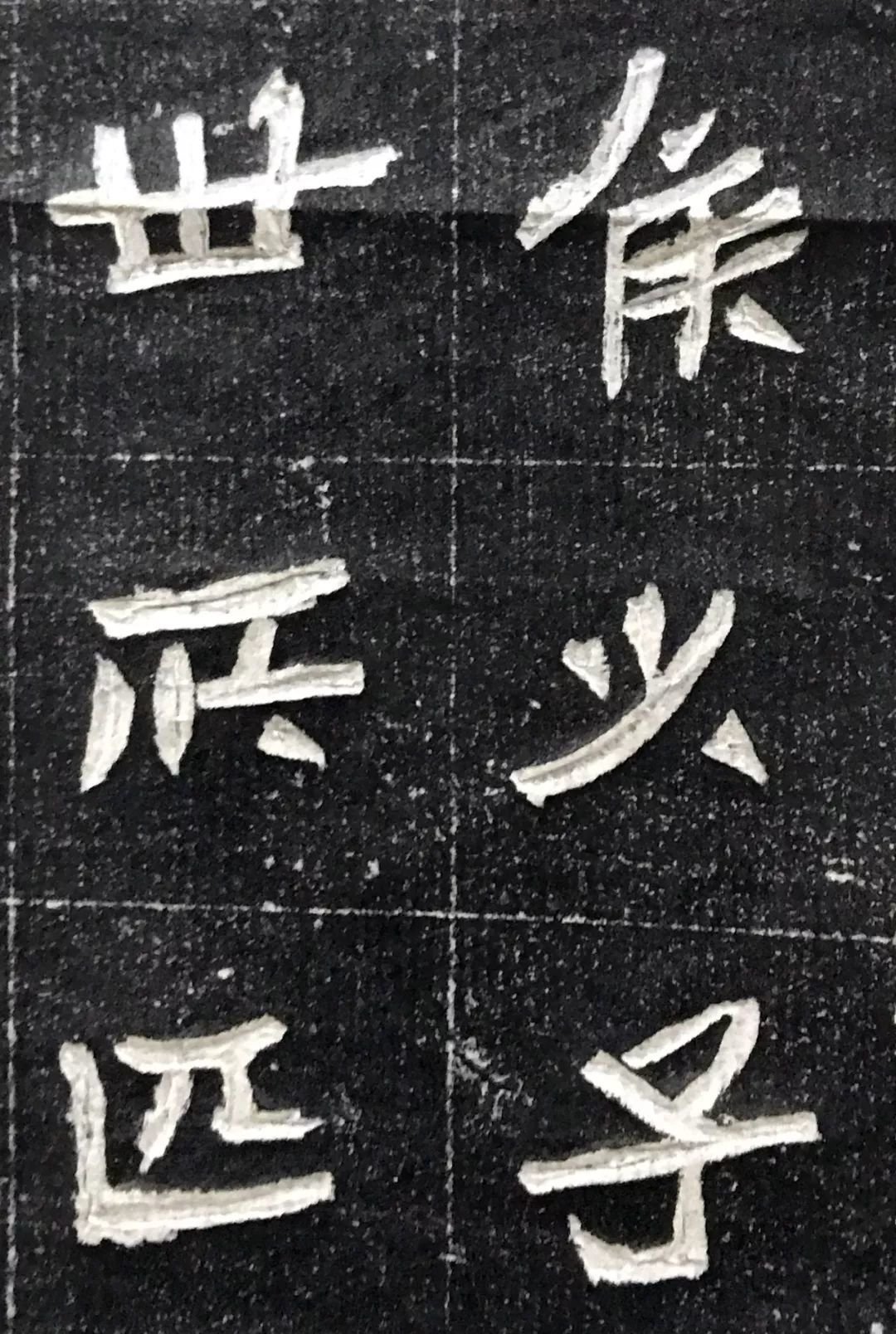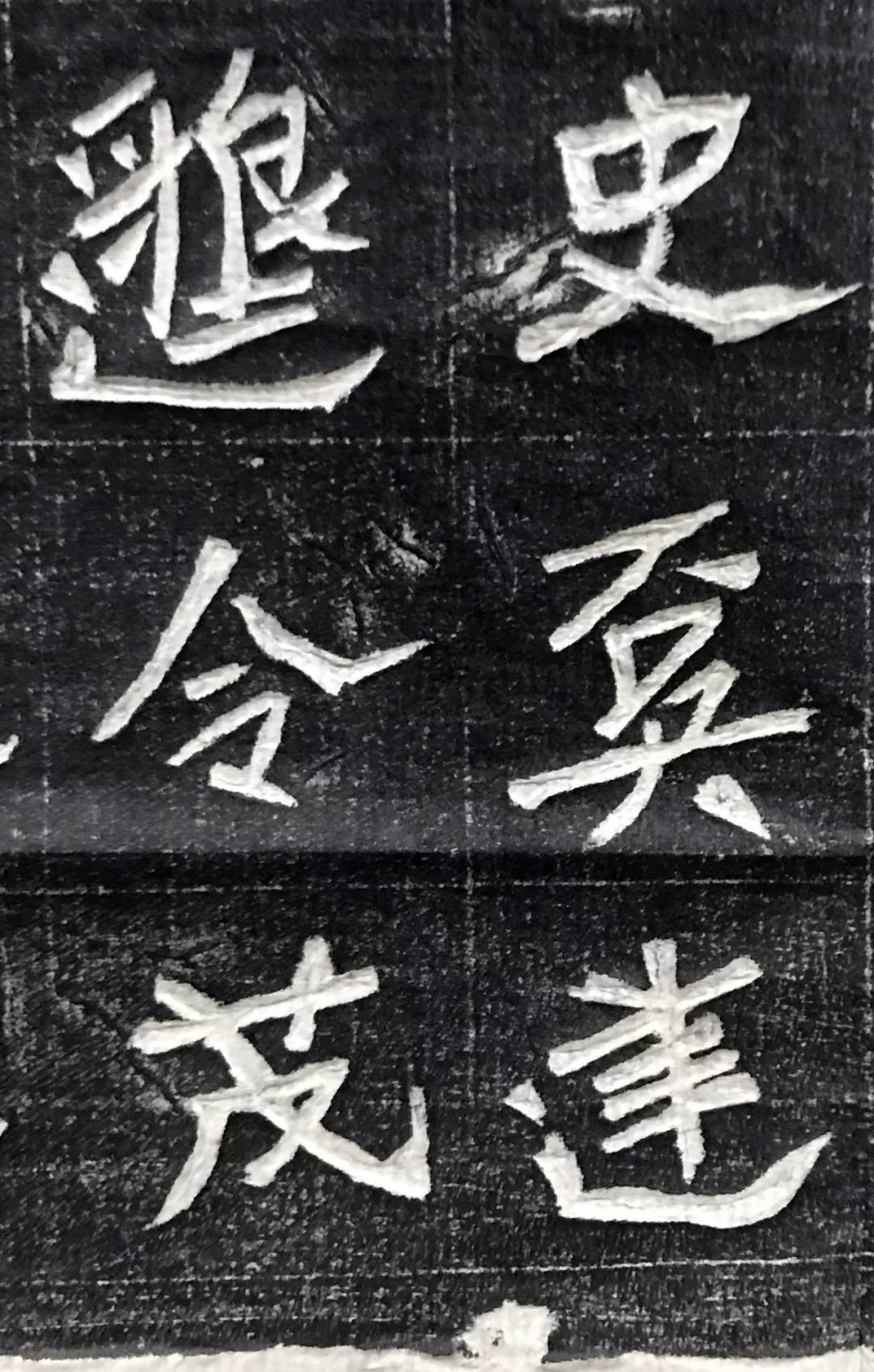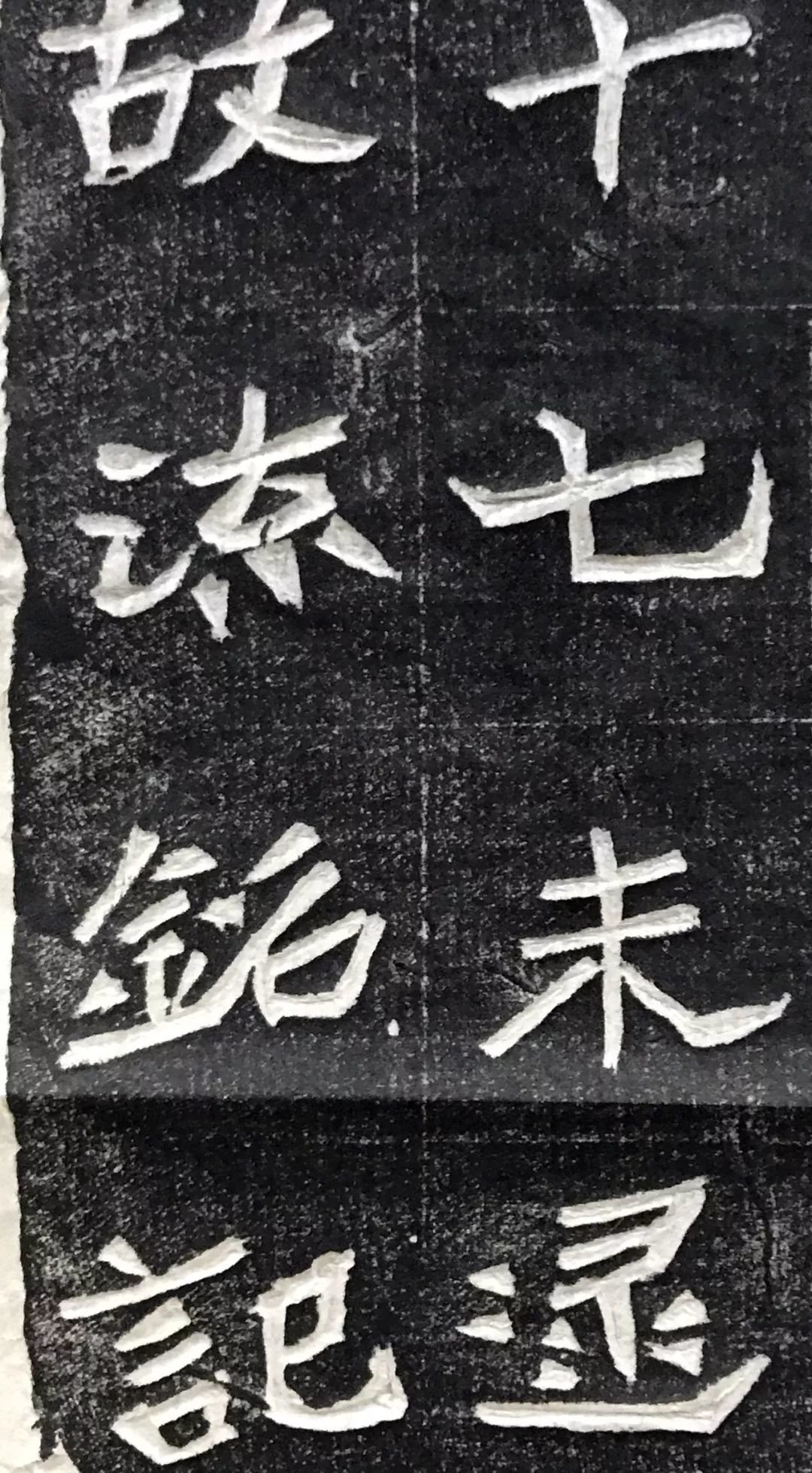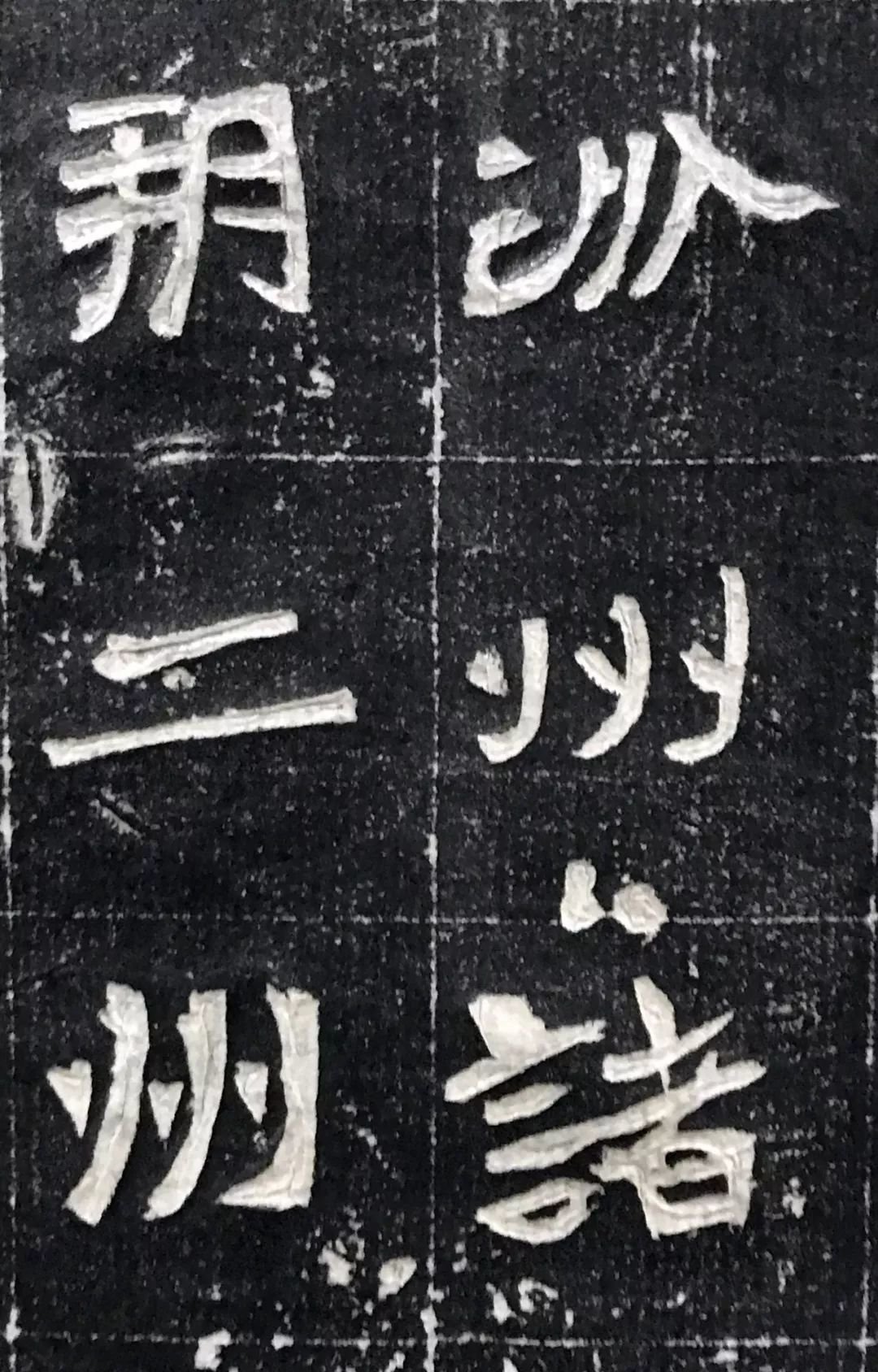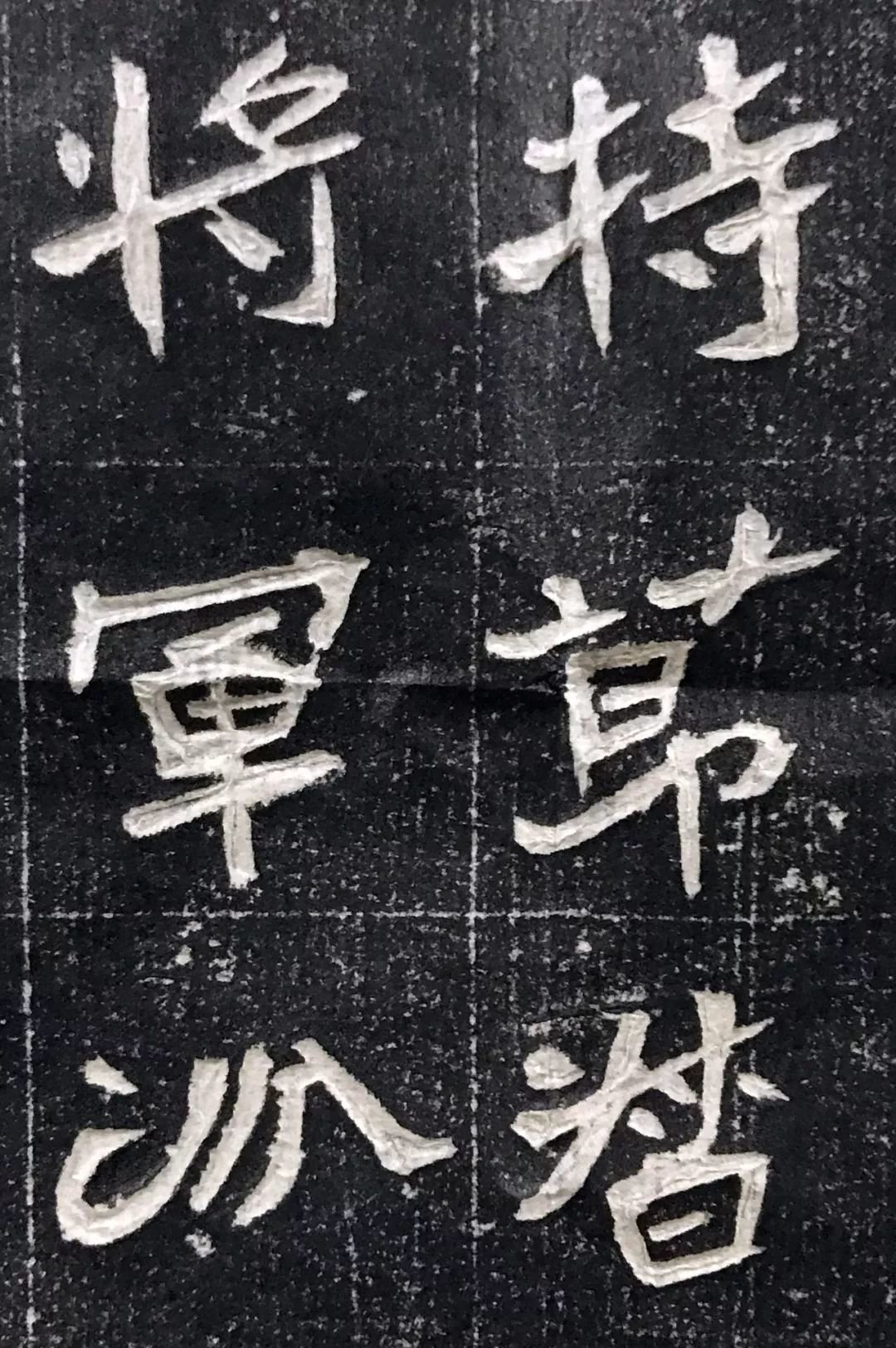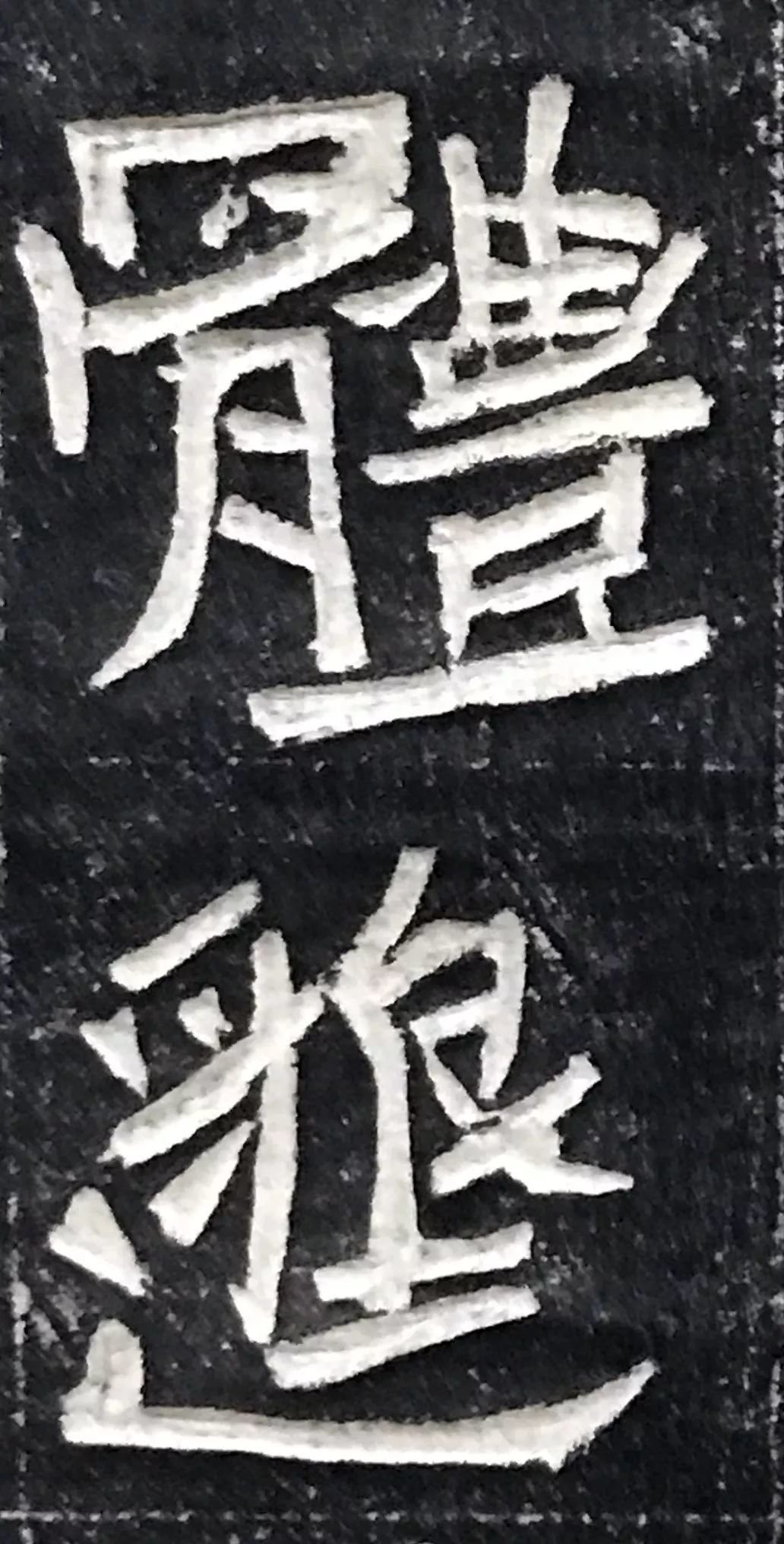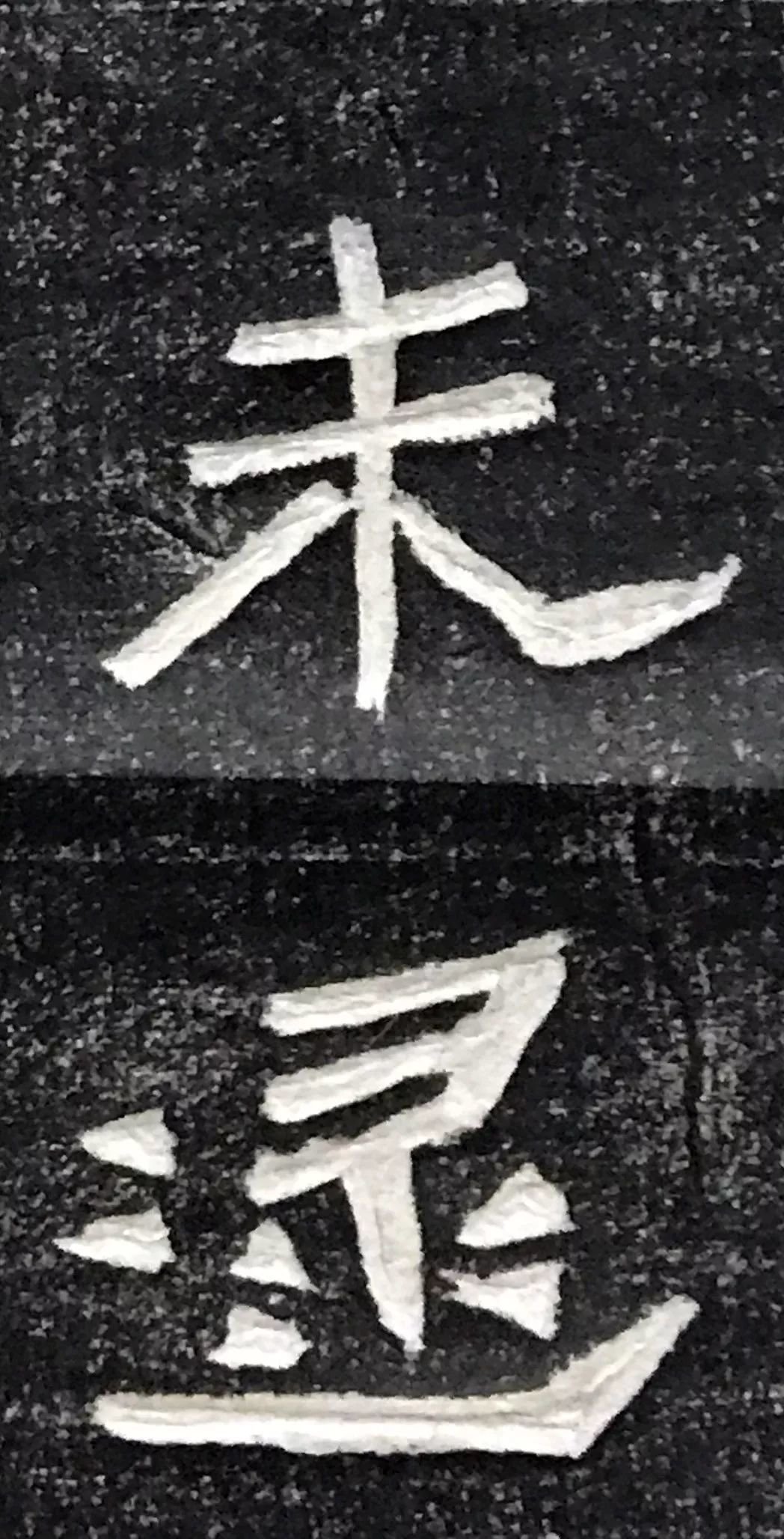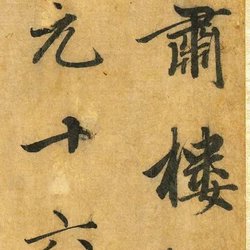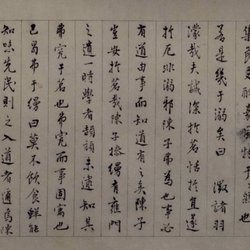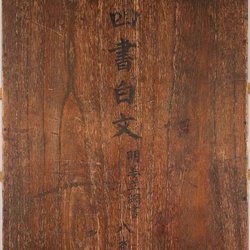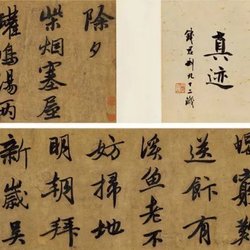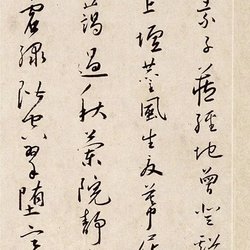Wei stele is the general name for the Northern and Southern Dynasties inscriptions on stone inscriptions during the Southern and Northern Dynasties of my country (420-588 AD). The Northern Wei Dynasty is the most refined. It can be roughly divided into four types: stele inscriptions, epitaphs, statue inscriptions and cliff inscriptions. At this time, calligraphy was a transitional calligraphy system that carried forward the past and opened up the future. Zhong Zhishuai said that the Wei stele "can glimpse the old styles of the Han and Qin Dynasties from the top, and the customs of the Sui and Tang Dynasties from the bottom." The Wei stele calligraphy played an important role in the formation of the later Sui and Tang regular script styles. had a huge impact. Calligraphers of past dynasties also drew useful essence from it in their innovation and transformation.
The styles of Wei stele are diverse, from simple and steep to smooth and elegant. The most famous ones are the "Zheng Wengong Stele", "Zhang Menglong Stele", "Gaozhen Stele", "Yuan Huai Epitaph" and "Zhang Xuan Epitaph", which have pioneered the regular script rules of the Sui and Tang Dynasties. In the mid-Qing Dynasty, "respecting stele and suppressing calligraphy" was advocated, breaking the shackles of the "guange style". Steleology emerged and the style of calligraphy changed.
The Wei stele inherited the Han Li tradition and inspired the new Tang Kai style, laying a solid foundation for the structure and brushwork of modern Chinese characters. However, there are many cliff carvings that are not written on the stone first, but are carved directly on the stone surface. When writing, be careful not to exaggerate the knife marks to avoid getting used to them.
"Epitaph of Xi Acheng" of the Northern Wei Dynasty, size: 32×24cm, 80 characters, built in the fourth year of Zhengshi (507 AD).
[Explanation] In the fourth year of the Zhengshi period of the Wei Dynasty, in the third month of Dinghai, on the 24th day of Gengshenshuo, Guiwei, the people of Sizhou, Henan, and Luoyang, Xi Acheng held the festival governor, and the military forces of Fenzhou, conquered the generals, and the history of the two prefectures of Fenshuo. Xi Feng was the youngest son of the Marquis, and he was as mature as Miao Ling and Mao Shi. He was seventeen years old. At the end of his marriage, Lu died of an illness and was remembered by his family.
"Epitaph of Xi Acheng"
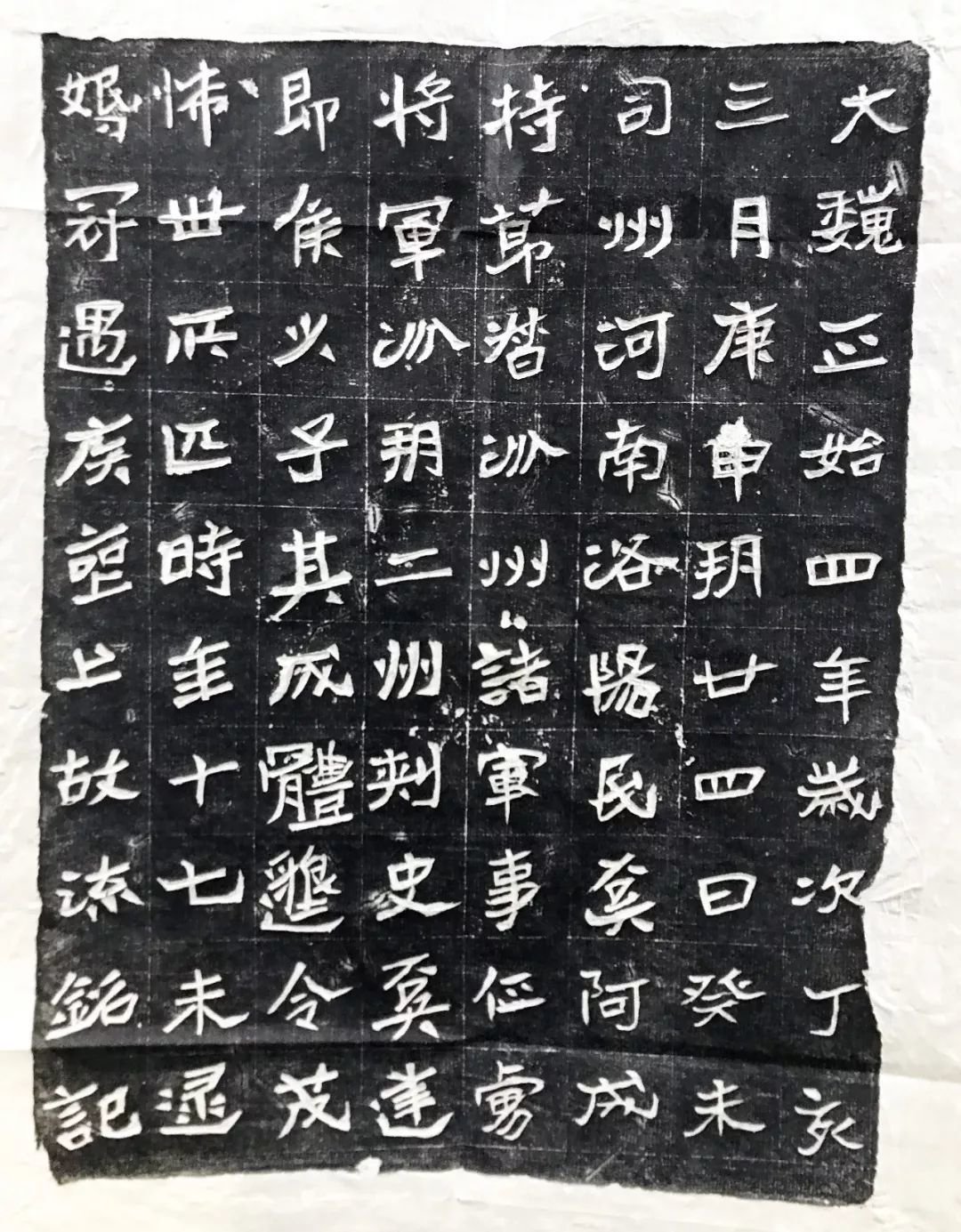
Partial appreciation
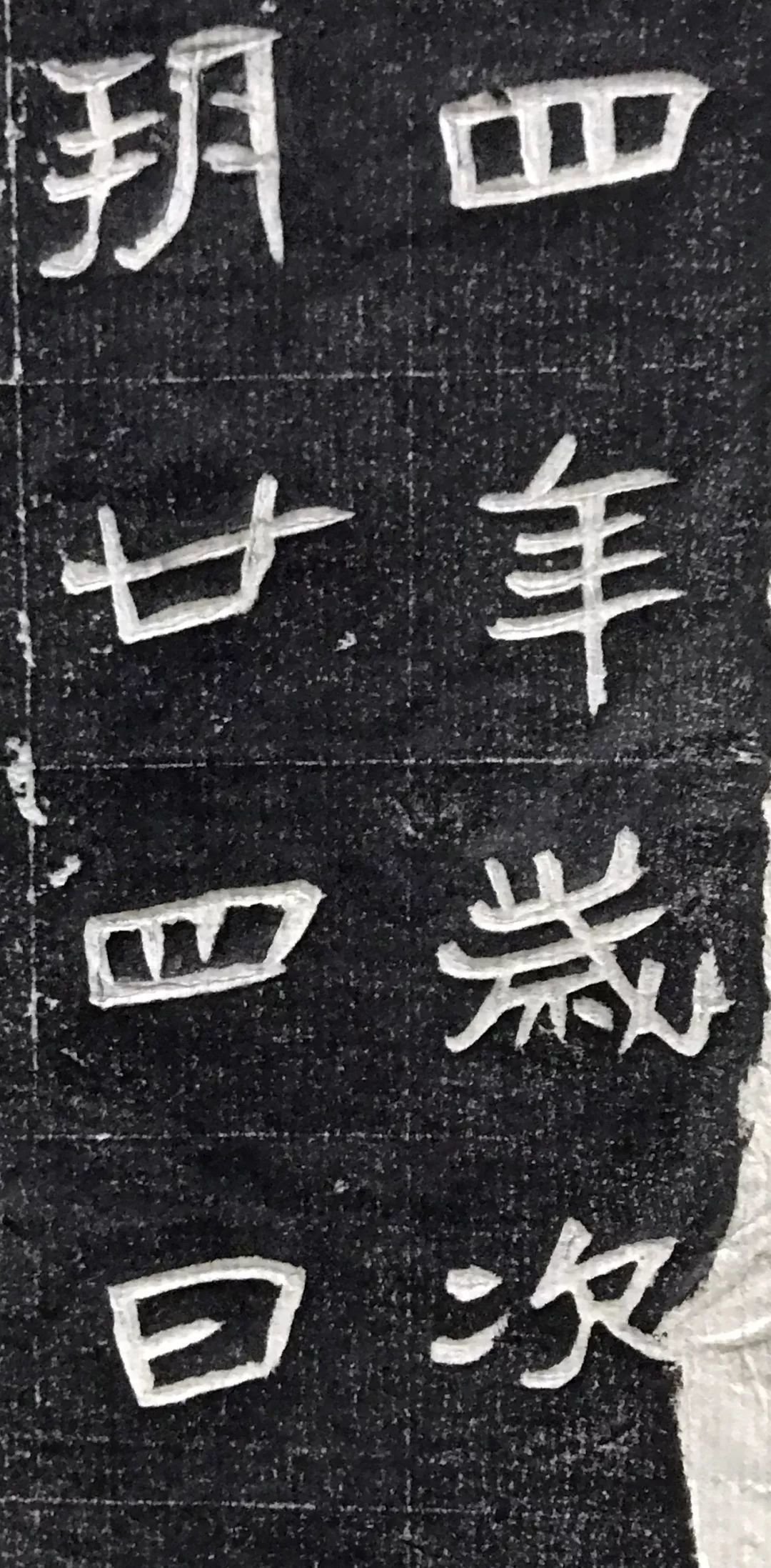
Calligraphy plays an important role in the history of our country. It is not only a tool for cultural dissemination, but also cultivates people's ideological and moral character. There are many types of calligraphy: regular script, official script, cursive script, and running script. As a type of regular script, Wei Stele exudes its unique charm. During the Wei, Jin, Southern and Northern Dynasties, society was in turmoil, and Buddhism and Taoism that adapted to the needs of social consciousness flourished. The method of promoting Buddhism and Taoism is to regard writing sutras as a great merit. Especially in Buddhism, whenever a new temple, pagoda or Buddha statue is built, literary scholars must be hired to write articles to record the events. Some were chiseling stones to make monuments, or carving on natural rock walls. For a time, the fashion of erecting monuments, which was popular in the Han Dynasty, turned to the Buddhist practice of building temples, pagodas, and erecting monuments and carving stones. Although wars continued in the four seas, the desire for immortality through statues became even more intense. There were tens of millions of Buddhist inscriptions carved on stone all over the mountains and valleys. Wei Stele came into being.
After the Eastern Jin Dynasty, the north and the south split, and calligraphy was also divided into two schools. The Northern style calligraphy has the legacy of the Han Dynasty. The writing style is clumsy and vigorous, but the style is simple and strict. It is better than the list book. This is the so-called Wei stele. Southern calligraphy is more sparse, graceful and subtle, and is better than rulers and tablets. In the Southern and Northern Dynasties, due to regional differences, personal habits and calligraphy styles were very different. The northern books are strong, and the southern books are rich and borrowed. Each one is perfect, and there is no distinction between superior and inferior.
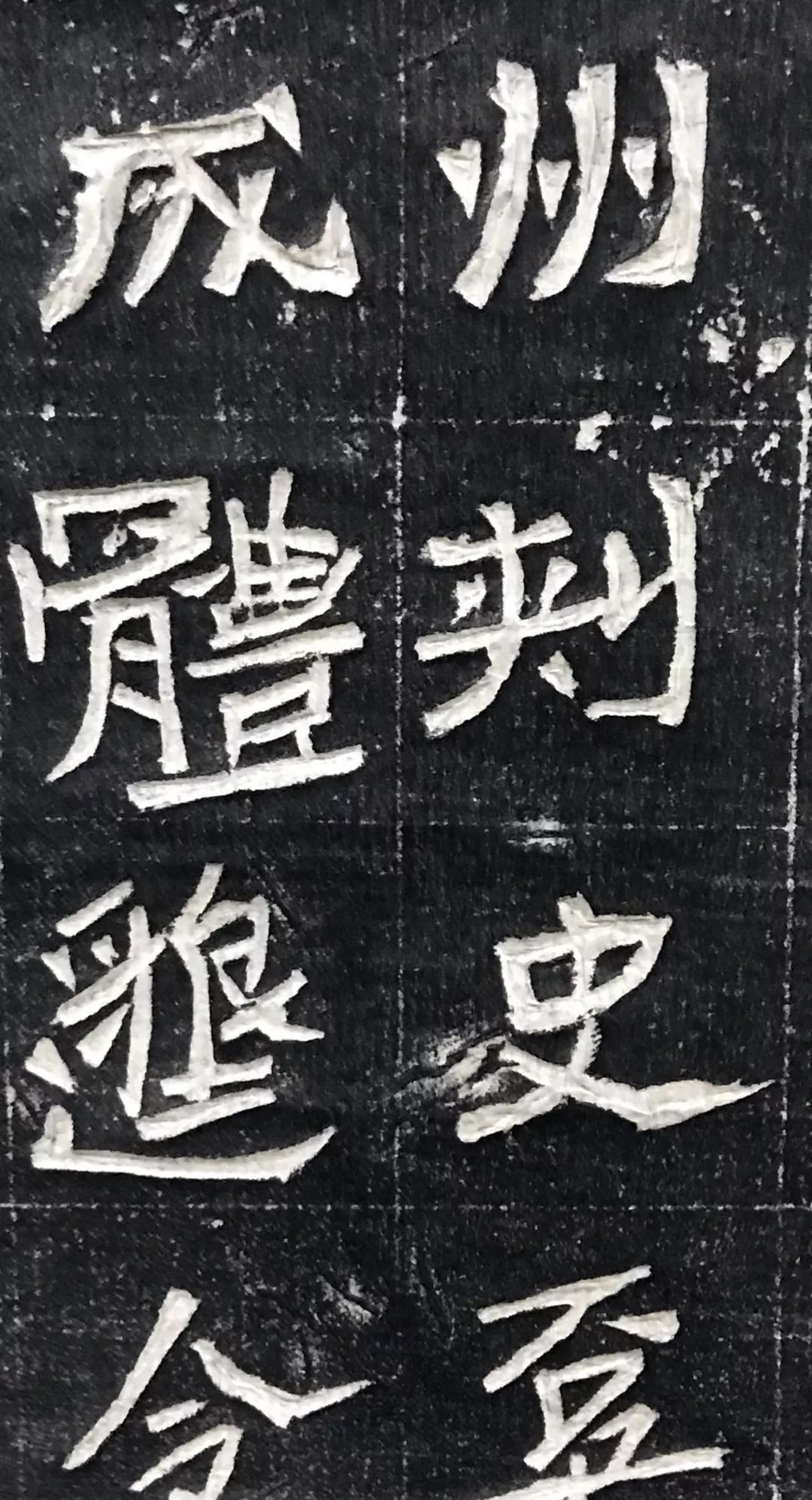
The calligraphy strokes of the Wei stele are rigorous, simple, thick and lively, yet as rich as the engravings. It inherits the Han Li script at the top and the Tang Kai script at the bottom, and has the charm of both Li and Kai script. Its calligraphy art was developed and evolved on the basis of Han Li and Jin Kai, and it can be regarded as the best among Han steles. Ancient and modern calligraphers have given the highest praise to this stele, which can be said to be a collection of Han stele.
Modern calligraphers highly admire Wei stele, and there are many scholars, especially in northern my country. Perhaps the majestic and simple Wei stele is consistent with the boldness of northerners, and there are many people with higher attainments. For example, Xiao Xian from Nanjing was a student of Kang Youwei, and he understood the meaning of Wei stele's writing in his free and unrestrained writing. Li Zhimin studied calligraphy masters of the past dynasties, and his advocacy of "combining stele and calligraphy" and "introducing stele into calligraphy" was his major contribution. Yu Youren's art of running regular script is to incorporate the writing style of running script and official script into the regular script of the Northern Wei Dynasty. It can be said that the inscriptions and inscriptions are integrated into one furnace, forming his unique calligraphy. The calligraphy works such as Wuzhongqi and Weitianchi are surprisingly impressive and full of concentration, and their Wei stele flavor is still very strong. The excellence of their calligraphy lies in taking the spirit of Wei stele and creating an artistic realm with their own individual characteristics. The highest state of calligraphy is to get the form when you get in, and get the spirit when you go out.
